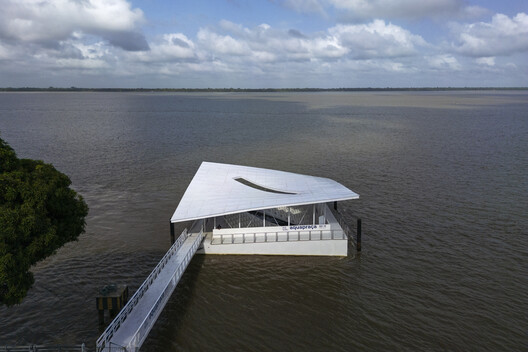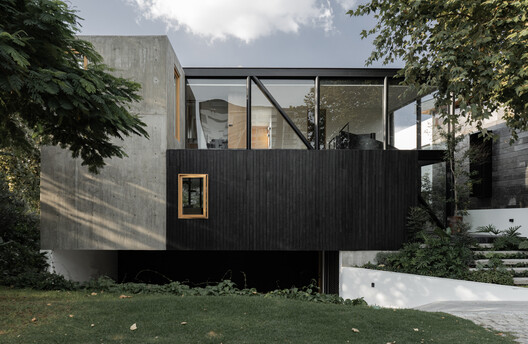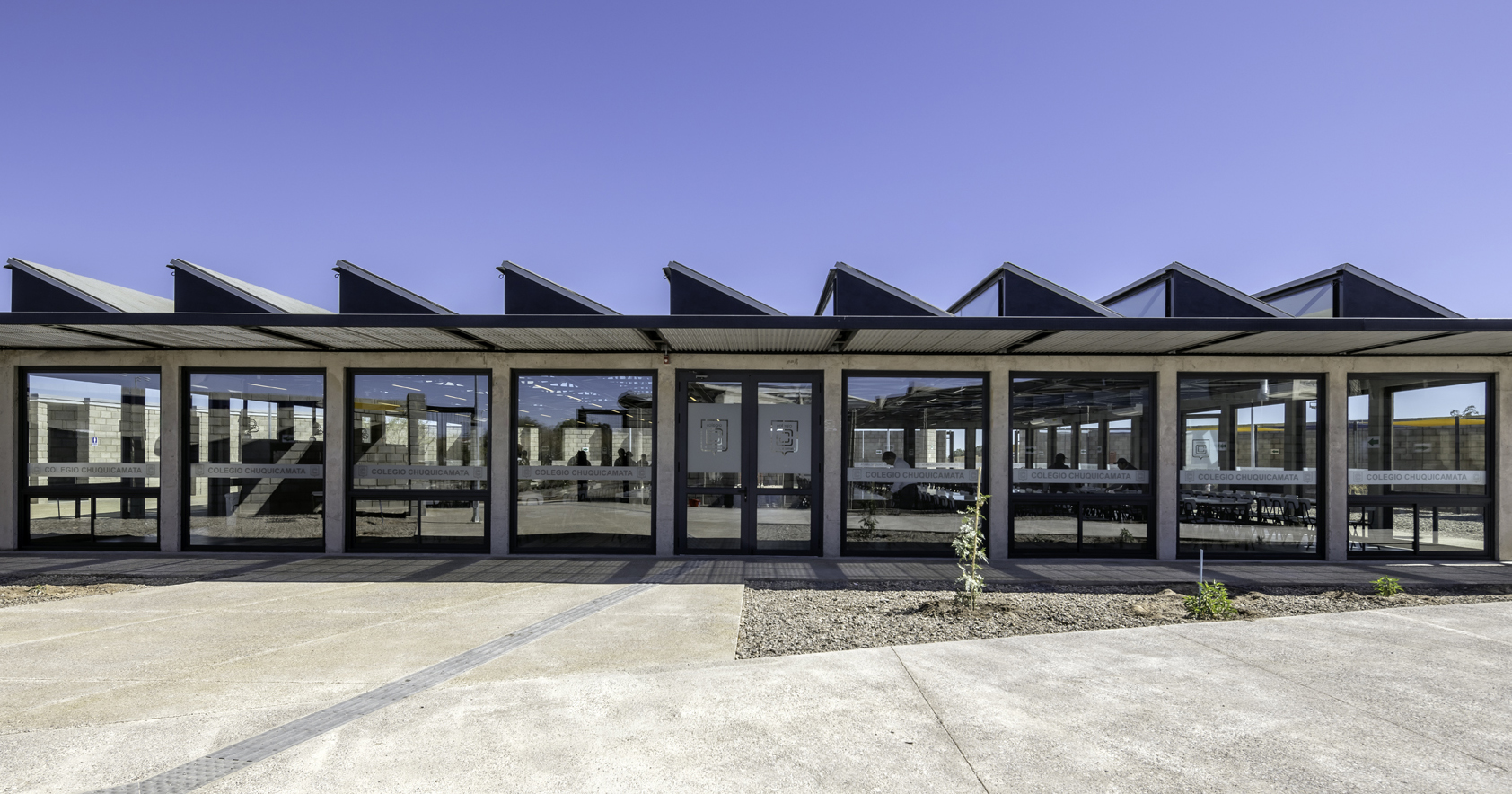Tadao Ando showcases nine drawings that "capture the invisible depth behind architecture"


Japanese architect Tadao Ando's latest book collects his drawings and models produced across his career. In this roundup, he selects nine of his favourite examples featured inside.
Published in collaboration with Taschen, the book titled Tadao Ando. Sketches, Drawings & Architecture features a collection of 750 drawings, models and plans by the architect.
It is organised chronologically, guiding readers through Ando's journey as an architect from the 1970s to today, with his own written entries that give context to the images as well as insights into what he called their unique "architectural story".

"Every work has its own context, and therefore its own process, its own story," Ando told Dezeen.
"For this book, I focused not on the finished forms of architecture, but on the breadth of the narrative – the richness of each architectural story," he continued. "As a result, the selection and emphasis differ from a conventional monograph, and I feel it has become a refreshing volume."
For Ando, drawing is a vital tool for architects, and he believes the success of a building's final form will depend on how well an architect has illustrated their vision.

"We speak of creating architecture, yet in reality, we only present a vision of what we wish to build – while it is the builders on site who move their hands and give it physical form," he said.
"That is why everything depends on how clearly and directly an architect can share that vision and intention with others. For architects, the only language permitted to express this is drawing."
Ando said he often sketches habitually, without thinking, but when designing, he finds the drawing a useful way to "capture the invisible depth behind architecture".
"I draw almost unconsciously. I have never thought very deeply about sketching, but if I were to describe its essence, it would be the manifestation of freedom in thought. On that sheet of paper, nothing binds you," he explained.
"[The most useful sketches are] perhaps those that capture the invisible depth behind architecture – sketches where imagination expands beyond the framework of reality, and even after the building rises in the real world, the sketch still carries a vitality that surpasses it," added Ando. "It is not easy to reach that level, but that is what I always strive for."
As the architecture industry increasingly shifts to digital means of drawing, Ando said he does "not trust digital media" and will continue to draw and sketch by hand "to the very end".
"Being from Osaka, I am a practical person by nature. So when the time came to shift from analogue to digital, I accepted it naturally as something that could enhance the productivity of architectural practice," Ando explained.
"However, when it comes to recording the creative process itself, I do not trust digital media. The only lines I can truly entrust my heart to are the analogue ones that come directly from my own body. I have lived this way for so long that perhaps it cannot be helped."
Read on for Ando's picks of nine key drawings from his book:

Le Thoronet Abbey (1982)
"When I visited the monastery, I was deeply moved by the serenity of the cloister surrounding the courtyard.
"I made several attempts to capture that feeling on paper, yet I could not quite reach the image I had in mind. This drawing records that struggle."

Tezukayama House (1975-1979)
"During the 1970s and 80s, I searched for the most effective way to convey the essence of my architecture.
"Through trial and error, I arrived at the axonometric pencil drawing – a means of revealing the geometry and shadows of space. This drawing embodies that intention most strongly."

Rokko Housing (1975-1979)
"This is a study sketch for the Rokko Housing project.
"From section to plan, from plan to elevation, and back again to section—the chaotic flow of thoughts in the early design stage is clearly visible here."

Rokko Housing (1975-1979)
"Drawn on the reverse side of a plan sheet, it began as a simple sectional check, but my concentration deepened until it evolved into a detailed study of the dimensions.
"In this way, moving back and forth between the whole and the parts, I advance one step at a time."

Koshino House (1975-1979)
"This drawing was made to instruct my staff on the dimensional system for the openings in the living room.
"Impatient with the slowness of drafting, I decided to leave written notes to communicate my intention more directly."

Church of the Light (1980-1989)
"This is a partial detail of the Church of the Light.
"To ensure the design intention would be understood by the builders, I always drew three-dimensional diagrams on top of two-dimensional plans."

Church on the Water (1980-1989)
"This lithograph was prepared for the presentation of the Church on the Water.
"The building and nature are connected through water, and this technique was the most suitable to express the atmosphere of that dialogue."

Festival (1980-1989)
"This is an embossed drawing made with a stylus.
"I sought to suggest the invisible swelling of interior space through the layering of tones and lines. In the end, the entire drawing turned nearly black with graphite."

Benesse House Oval (1990-1999)
"On the day I received the commission to design the extension of the Benesse House Museum, I drew this sketch on the corner of a magazine spread that happened to be open in front of me.
"When one thinks and draws, any place can become a studio."
The imagery is courtesy of Ando and Taschen.
The post Tadao Ando showcases nine drawings that "capture the invisible depth behind architecture" appeared first on Dezeen.




















































